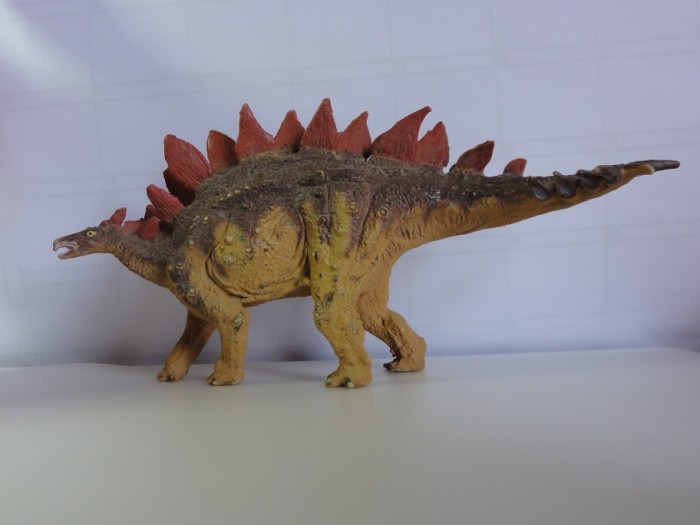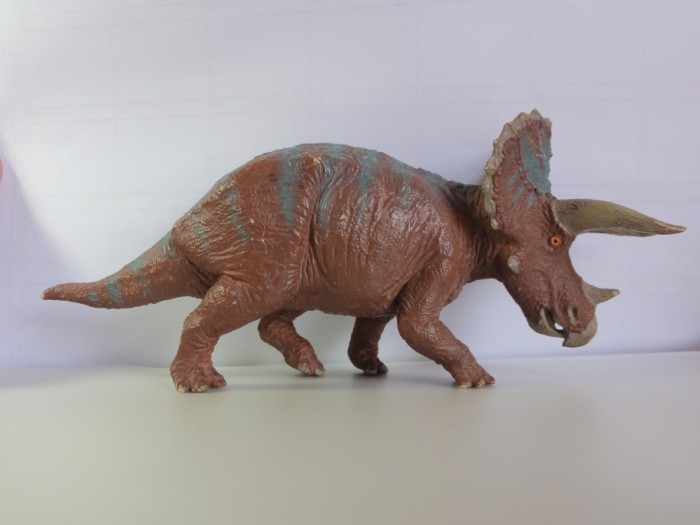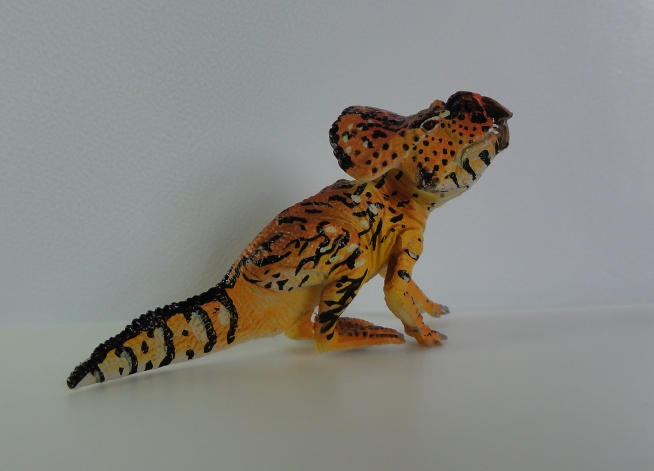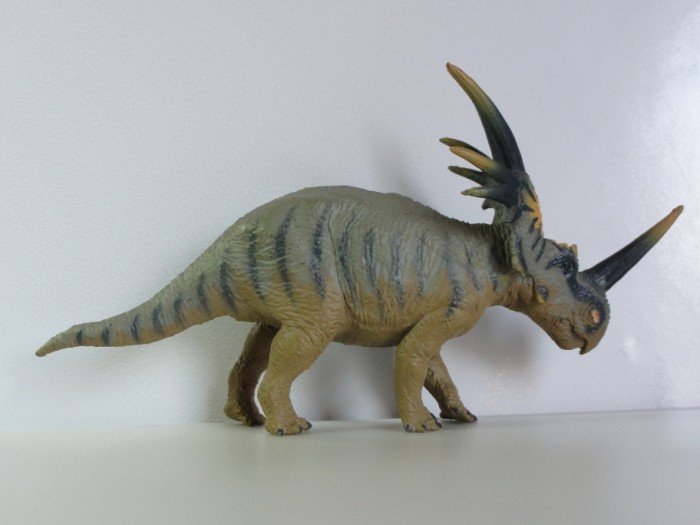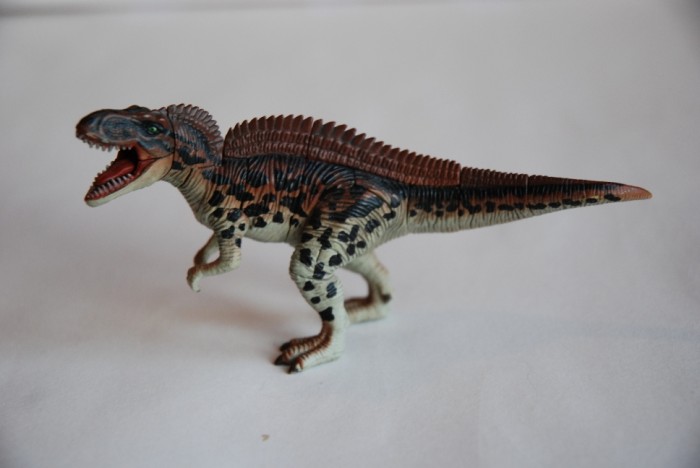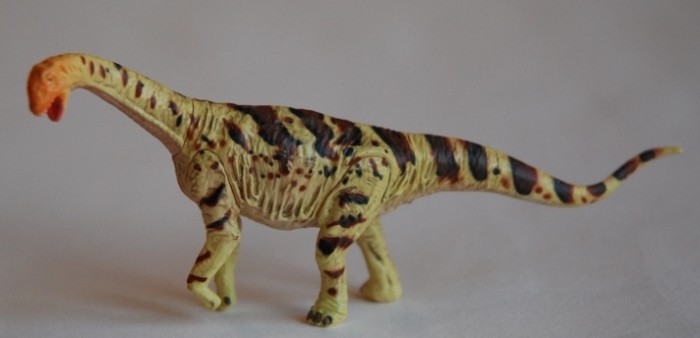Review: Carnotaurus (Kaiyodo Dinotales Series 5)
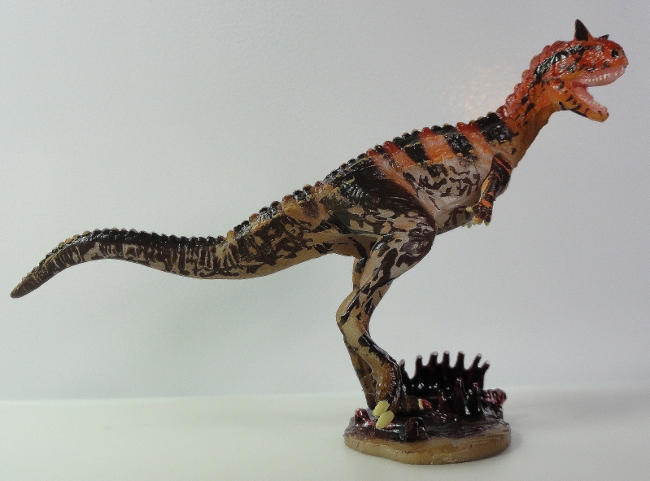
4.3 (8 votes)
One of the last South American dinosaurs, Carnotaurus was an interesting theropod that lived in what is now Argentina 70 million years ago. Its most distinctive features are the two horns that sit atop its head. In fact, the name Carnotaurus means “flesh-eating bull”. Ever since being featured in Disney’s “Dinosaur”, a movie from 2000, it has had some slight popularity in mainstream culture.

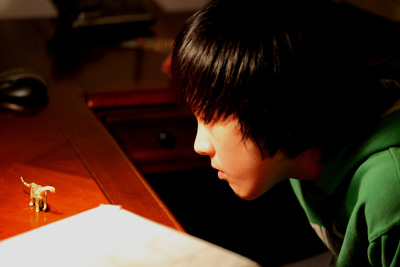 My name is Andrew, and I’ve been hooked with dinosaurs ever since I watched
My name is Andrew, and I’ve been hooked with dinosaurs ever since I watched 
